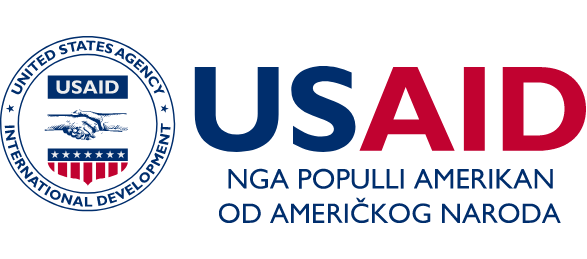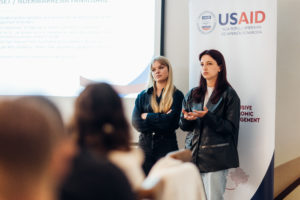The arena of Micro, Small, and Medium-sized Enterprises (MSMEs) is complex, multifaceted, and fraught with both opportunities and pitfalls. Among these, the domain of Intellectual Property Rights (IPR) stands out as a critical, yet often under-explored area. This guide delves into the labyrinth of IPR, shedding light on patents and trademarks, and aims to serve as a comprehensive resource for MSMEs operating in Kosovo’s dynamic economic landscape.
Unveiling the Patent Landscape
The Essence of Patents
A patent is a set of exclusive rights granted to an inventor for a limited period, typically two decades, providing a legal framework to protect the core elements of an invention. In Kosovo, the adjudication of patent rights falls under the jurisdiction of the Commercial Court in Prishtina.
Aspects of Patent Enforcement
- Choosing the Right Tribunal: The Commercial Court in Prishtina is the exclusive judicial body for handling patent disputes.
- Pre-trial Measures: While not obligatory, parties are often advised to opt for mediation or arbitration before initiating litigation.
Example: Let’s say you run a local textile business and develop a unique weaving technique. This technique can be patented, providing your enterprise with a competitive edge within the textile sector.
Duration and Limitations
Patents offer a 20-year protection period from the date of filing. However, annual maintenance fees are mandatory for sustaining the patent’s validity.
Example: A food processing MSME develops a new method of organic preservation. While the patent secures 20 years of protection, annual fees are obligatory to maintain the exclusivity.
Demystifying Trademarks
What Constitutes a Trademark?
Trademarks are unique signs, symbols, or identifiers that distinguish the goods and services offered by various market players. In Kosovo, the Intellectual Property Office (IPO) is vested with the authority for trademark registration.
The Trademark Registration Journey
- Preliminary Search: Before initiating the registration process, a comprehensive search is imperative to ascertain that the chosen trademark is not pre-registered.
- Application Preparation: Submission of duly completed forms, accompanied by the required fees, marks the second step.
- Scrutiny and Publication: Post-submission, the application is scrutinized for its uniqueness, followed by public notification.
Example: For instance, a small grocery chain could trademark its store layout and design elements, thereby setting itself apart from competitors in a crowded market.
Renewal and Protection
Example: A family-owned bakery may renew its trademark every decade to ensure continuous protection against potential copycats within the local market.
Trademarks require periodic renewal, typically every 10 years. Protection measures may involve legal actions against infringements, leveraging Kosovo’s robust trademark laws.
Synergizing Patents and Trademarks: A Strategic Perspective
While patents protect your core innovations, trademarks safeguard the brand that markets these innovations. Employing both in tandem can create a fortified IP strategy.
Example: A local artisan who crafts unique furniture can patent a special wood treatment process while trademarking the store’s name and logo.
The Strategic Imperative of IPR
For Kosovo-based MSMEs, navigating the complex realm of Intellectual Property Rights is not merely a legal mandate but a strategic necessity. With this comprehensive guide, MSMEs are better equipped to transition from merely doing business to owning business—intellectually and legally.
Click here to watch the video for more information: https://youtu.be/5o4GkvVc6QA








